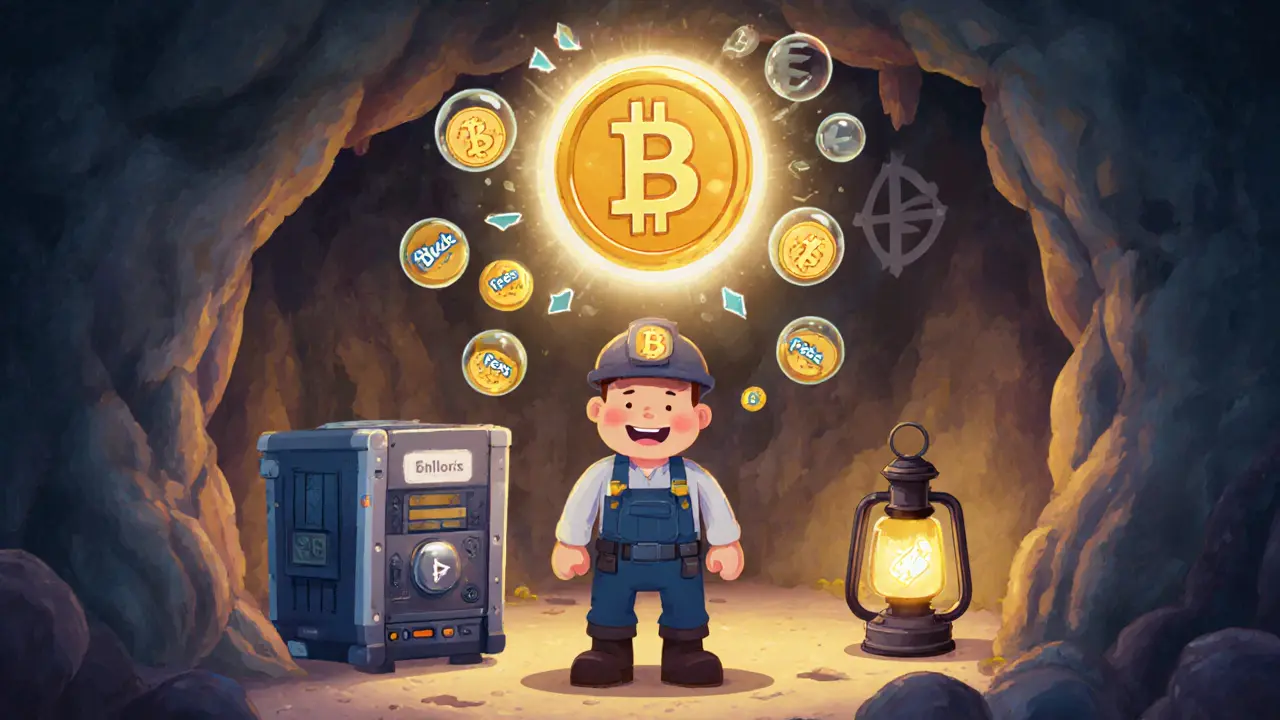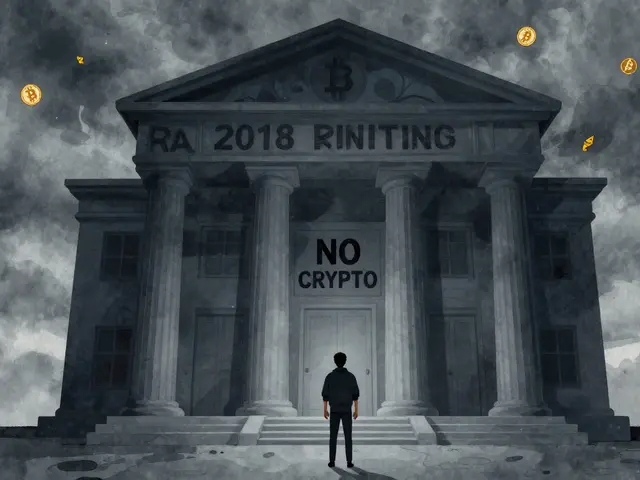Cryptocurrency Mining – Everything You Need to Know
When working with Cryptocurrency Mining, the process of using computer hardware to validate blockchain transactions and earn digital rewards. Also known as crypto mining, it secures networks like Bitcoin and Ethereum while creating new coins.
One of the biggest decisions you’ll face is where to set up your operation. Mining‑Friendly Countries, jurisdictions with low electricity rates, clear tax rules and supportive regulations have become hotspots for large farms. Countries such as Kazakhstan, Iceland and Saudi Arabia dominate the 2025 ranking because they combine cheap Energy Costs, the price you pay per kilowatt‑hour for power with reliable grids. Lower energy bills directly boost cryptocurrency mining profitability, which is why miners track the $/MWh metric obsessively. Meanwhile, Mining Taxes, the fiscal policies that determine how mining earnings are taxed vary widely – some regions levy a flat % on generated coins, others treat them as ordinary income. Understanding the tax landscape helps you avoid surprise penalties and plan cash flow. These three factors—location, power price and tax treatment—form a tight feedback loop: a friendly jurisdiction lowers energy costs, which improves margins, which in turn attracts more miners and can reshape local policy.
Hardware, Profitability and the Future of Mining
Even with the perfect country, you still need the right gear. Mining Hardware, specialized ASICs or powerful GPUs designed to solve hashing puzzles determines how many hashes you can deliver per second and how much electricity you consume. The hardware‑to‑energy ratio is the core KPI for any miner: higher efficiency means lower breakeven points, especially when market prices swing. Profitability calculators now include not just hash rate and power draw, but also regional tax rates and carbon‑offset credits, reflecting the growing importance of environmental compliance. As networks transition to proof‑of‑stake or adopt more energy‑efficient consensus mechanisms, the demand for traditional mining rigs may shift, but the need for on‑chain security will keep a niche market alive. Keep an eye on regulatory updates, energy‑price trends, and new ASIC releases—these variables constantly reshape the ROI landscape. Below you’ll find a curated set of articles that break down each of these topics, from the latest country rankings to step‑by‑step hardware setup guides, so you can make informed decisions and stay ahead of the curve.
Proof of Work Explained: How Blockchain Consensus Works
Learn what Proof of Work is, how it secures blockchain, its energy impact, and how it compares to Proof of Stake in a clear, practical guide.
Block Reward vs Transaction Fees: How Crypto Miners Earn Money
Explore how block rewards combine new coins and transaction fees, why fees matter for Bitcoin and Ethereum security, and what the future holds for miners and validators.






